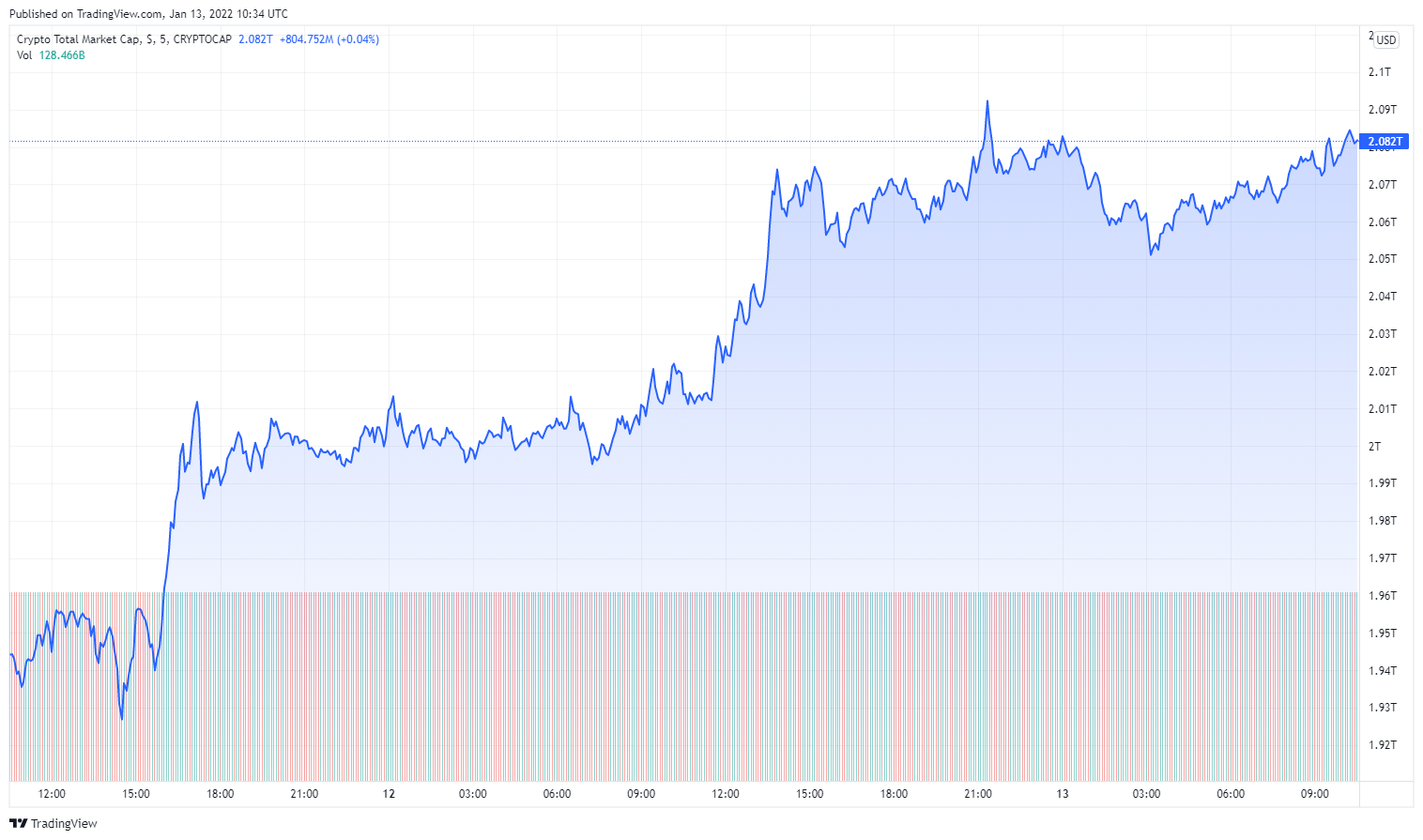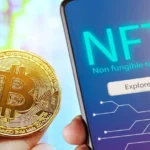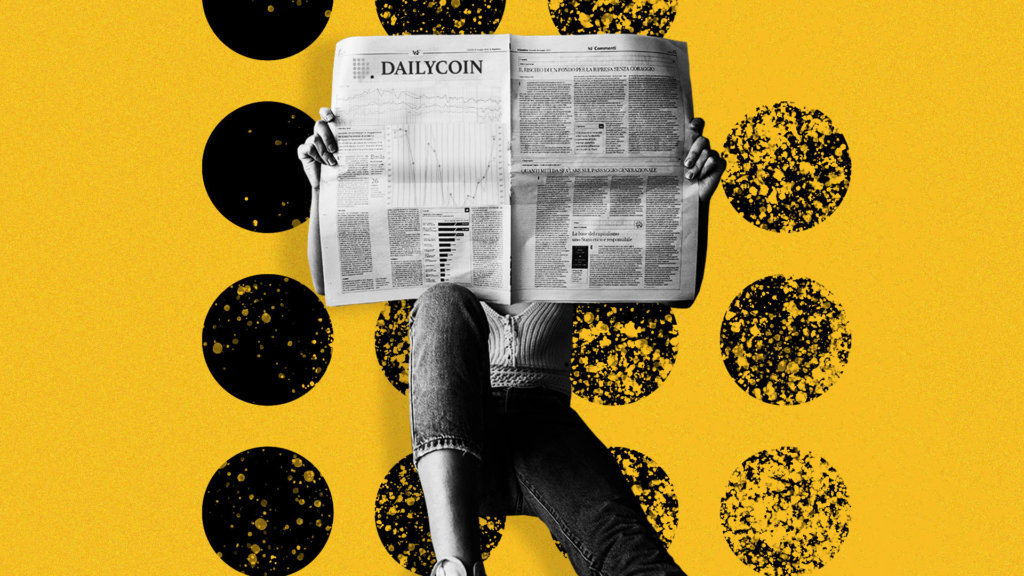Read in the Digest;
- Coinbase Steps Into Derivatives Market with FairX Acquisition
- Crypto Market Resurges, Recover 10%. U.S. Inflation Rises to a Record 7%
- Visa to Test CBDC With Cards & Wallets, U.S. Banks Mint USDF Stablecoins
- Solana to Become the Visa of Crypto Ahead of Ethereum – Bank of America
Coinbase Steps Into Derivatives Market with FairX Acquisition
America’s leading crypto exchange, Coinbase, is looking to enter the derivative market after announcing the acquisition of fledgling futures exchange, FairX. FairX is a CFTC-regulated Designated Contract Market (DCM) derivatives exchange.
Using the existing partner ecosystem of FairX, Coinbase will offer regulated crypto derivatives trading. Derivative trading involves trading exotic products linked to the future value of an underlying asset rather than the actual asset.
Coinbase has announced that over time, it would develop on FairX’s infrastructure to offer crypto derivatives to its customers in the U.S. Explaining its entrance into the derivative market, Coinbase writes;
“The creation of a transparent derivatives market will unlock further participation in the crypto economy for retail and institutional investors alike.”
Flipsider:
- Derivatives trading has attracted attention from regulators because they can quickly expose retail investors to heavy losses.
Why You Should Care
With the acquisition, Coinbase plans on making the derivatives market more approachable for our millions of retail customers.

Crypto Market Resurges, Recover 10%. U.S. Inflation Rises to a Record 7%
After recording its worst start to a year since 2012, crypto markets are beginning to show strength. The top 20 cryptos are all recording gains, with DOGE leading the pack with 14% in 24 hours. The sea of green has seen the crypto market regain 10% of its value.

The global crypto market cap over the last 48 hours. Source: Tradingview
Bitcoin has joined the market recovery, briefly topping the $44,000 mark. Ethereum 4% over the last 24 hours, the Ether now trades around $3,400. The global crypto market cap now stands at $2.082 trillion, up from $1.85 trillion on January 10.
The crypto market recovers with debates about whether digital assets can hedge against rising consumer prices. This comes as U.S. inflation reaches 7% on January 12 – the largest increase in 40 years.
With the crypto rally beginning just after the inflation report was published, many are turning to digital assets as an alternative to stock because of the low-interest rates.
Flipsider:
- Experts have opined that the rising inflation could force the Fed to raise interest rates and reduce its balance sheet, throwing cryptos into a bearish trend.
Why You Should Care
With the maturing crypto industry, new reports suggest that Bitcoin and many altcoins will outperform stocks in 2022.

Visa to Test CBDC With Cards & Wallets, U.S. Banks Mint USDF Stablecoins
One of the major proponents of mainstream crypto adoption, Visa, has announced that it will pilot a test on central bank digital currencies with its cards and wallet. The move coincides with the increasing number of countries looking to issue a digital asset, like China.
The test program will begin this Spring after Visa has reached out to 30 central banks about goals related to government-backed digital currencies. In addition, the pilot will see Visa team up with blockchain software company ConsenSys Inc.
Following statements from the U.S. Fed that stablecoins can co-exist with a CBDC, banks have launched a consortium to help members mint and use stablecoins. The stablecoin, USDF, is a bank-minted stablecoin looking to compete with the likes of USDT and USDC.
The stablecoin will be operated on the public Provenance Blockchain. The USDF Consortium’s founding bank members include New York Community Bank, NBH Bank, FirstBank, Sterling National Bank, and Synovus Bank.
Flipsider:
- Some anti-crypto senators continue to call stablecoin a risk to the U.S. economy.
Why You Should Care
The greater push for CBDC would increase the adoption of digital assets and may challenge conventional cryptos depending on how they are issued.

Solana to Become the Visa of Crypto Ahead of Ethereum – Bank of America
Since launching in 2020 with its revolutionary technology, Solana has been pitted against Ethereum. Capable of processing up to 50,000 transactions per second while Ethereum struggles at 15-45 TPS, Solana quickly earned the title of the Ethereum-Killer.
Thanks to its “ability to provide high throughput, low cost, and ease of use,” the Bank of America believes Solana has the capacity to become the “Visa of the digital asset ecosystem.”
The BoA digital asset strategist Alkesh Shah opines that Ethereum is losing its market share to Ethereum because of its “high-value transaction and identity, storage and supply chain use cases.” The BoA has opined that Solana might one day beat Ethereum.
Flipsider:
- Solana has become less secure than Ethereum by prioritizing scalability, as shown by the persistent DDoS Attacks.
Why You Should Care
Solana uses a new design (proof-of-history), and experts believe, if improved, could solve the scalability of digital assets.










